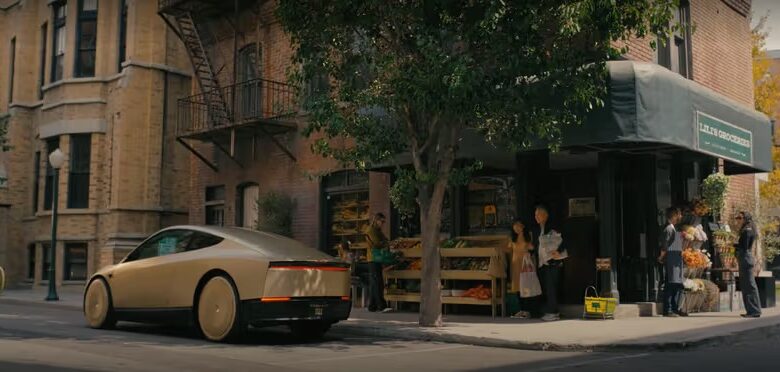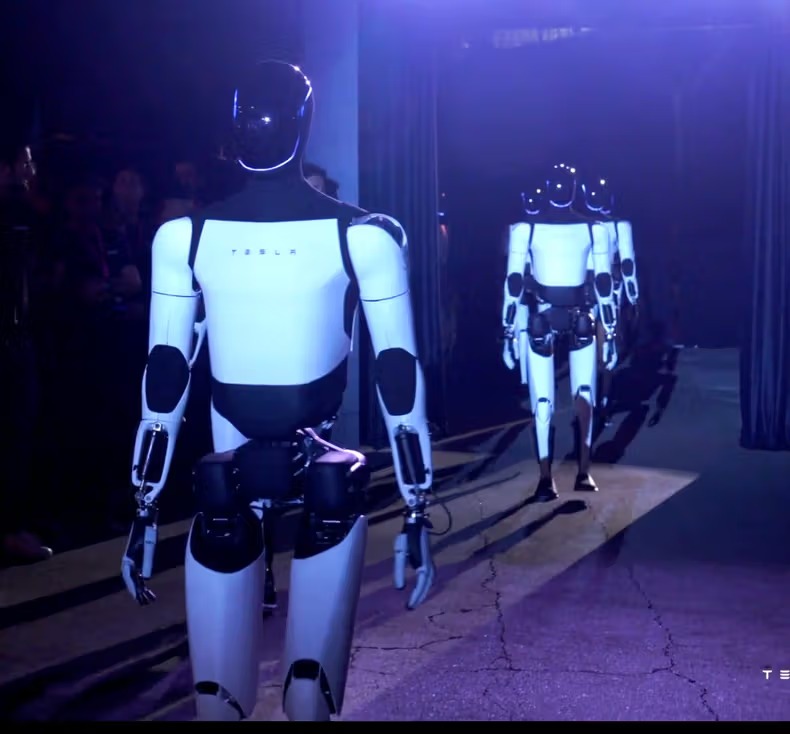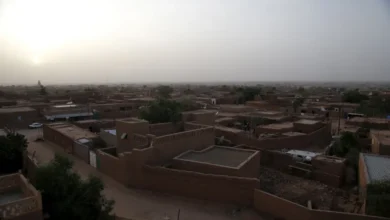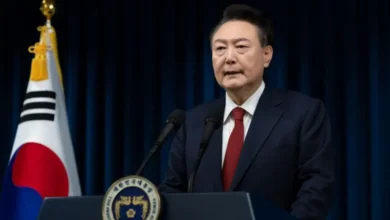Elon Musk Unveils Tesla’s Futuristic Robotaxi and Robovan
A Glimpse into the Future of Autonomous Transportation with Exciting New Features and Innovations

- The Robotaxi features no steering wheel or pedals and charges inductively
- Elon Musk anticipates the Cybercab will be in production before 2027
- The Robotaxi service will have no driver fee
Elon Musk showcased Tesla’s highly anticipated driverless taxi, the Robotaxi, during the “We, Robot” event on Thursday evening at Warner Bros. Discovery’s studio lot in Burbank, California.
This setting allowed Tesla to demonstrate its autonomous driving technology without the unpredictability of real-world traffic.
Elon Musk made a grand entrance by stepping into a sleek silver Robotaxi, also known as the Cybercab, which features stylish butterfly doors. The vehicle took him on a short, autonomous ride around the lot before the event officially began.
Highlighting the vehicle’s innovative design, Musk explained that the Robotaxi is devoid of a steering wheel or pedals and operates without the need for plugging in.
Instead, it utilizes inductive charging—simply driving over a charging pad is enough to recharge it.
At the event, Musk revealed that Tesla has at least 20 Cybercabs and showcased 50 fully autonomous vehicles already navigating the lot without any occupants.
He announced plans for unsupervised, fully autonomous Model 3 and Model Y vehicles to hit California and Texas roads next year, with Cybercabs expected to enter production before 2027. However, he acknowledged his tendency to be optimistic about timelines, often resulting in delays.

Musk also indicated that customers will be able to purchase Cybercabs, with an expected price tag of under $30,000. Tesla confirmed on X that the Robotaxi service would not include a driver fee and would rely solely on cameras for navigation—eschewing radar and lidar. Users can summon the Robotaxi for short trips or full-day use.
While Musk did not dive into specifics regarding the Robotaxi’s technology or safety features, the company has faced scrutiny in the past concerning its driver-assistance systems.
In addition to the Robotaxi, Tesla announced the Robovan, a spacious shuttle van designed to accommodate up to 20 passengers.
Elon Musk also promoted Optimus, a humanoid robot expected to retail for $28,000 to $30,000, though no release date was provided. He claimed that Optimus would be a must-have product, saying, “I think this will be the biggest product ever, of any kind.”
The event, featuring an elaborate setting with themed areas and entertainment, was delayed nearly an hour due to a medical emergency in the crowd. Live-streamed on X, the presentation attracted over 3 million viewers at one point.
The unveiling of Tesla’s latest vehicles marks a significant milestone for the company, which has faced delays in launching the Robotaxi—initially slated for an August reveal but postponed for design modifications.
Elon Musk reiterated the importance of achieving full autonomy for Tesla’s future success, emphasizing that “the value of Tesla overwhelmingly is autonomy.”
Despite his optimistic predictions, Tesla’s self-driving technology continues to encounter challenges and regulatory hurdles. The National Highway Traffic Safety Administration is currently investigating numerous crashes involving Autopilot, which have resulted in fatalities.
While Tesla’s vehicles currently offer Level 2 autonomy, competitors like Waymo have achieved Level 4 autonomy, allowing vehicles to drive without human intervention in specific areas.
Many analysts believe that fully autonomous Robotaxis are still years away, with regulatory approval posing a significant challenge for Tesla moving forward.





